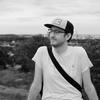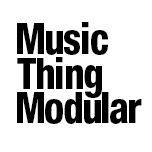Monthnotes: October 2024
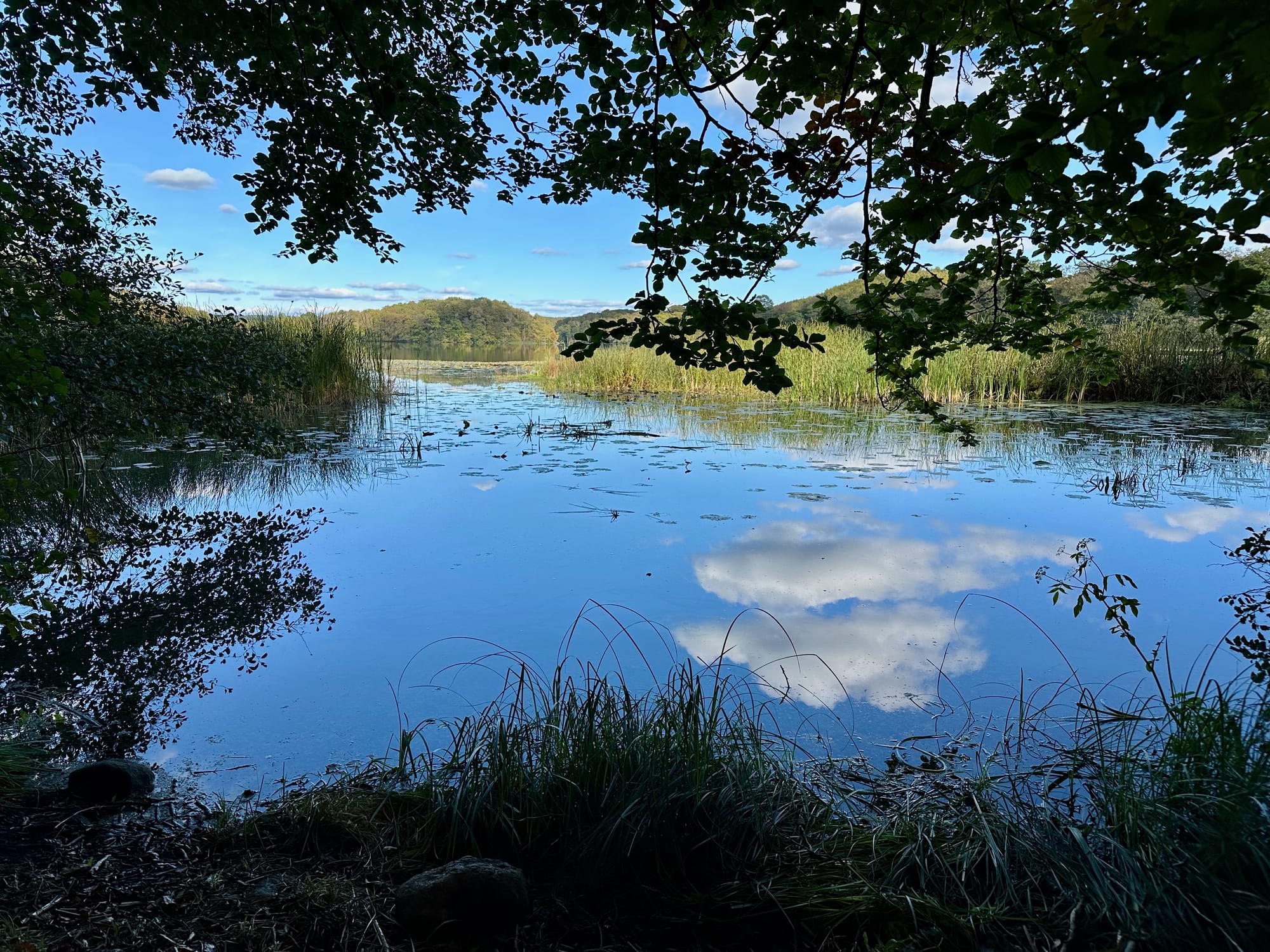
Every month or so, I share a quick digest of what I've been working on and reading. Here's the latest. More in the series here.
In my last monthnotes I was talking about The Carrington Event - the data-driven post-rock composition that I've just released through French netlabel Camembert Électrique. This time, I wanted to talk about the video - which came out a week later. Here it is:
I want to talk about it because it's one of my favourite things I've ever done. It's a collaboration with multimedia artist Simon David Rydén, who goes by the name supermarket_sallad online. We've been working on it together over a couple of months - and I'm so, so, happy with how it came out.
The concept was originally inspired by the multi-screen displays you see in NORAD command centres. We wanted to show what the Carrington Event (reminder: an 1859 solar storm, the strongest on record) might have looked like if it had been tracked with modern technology and visualisation techniques.

The video flips between three different displays in sequence. One panel shows the Earth's magnetic field. One shows the surface of the Sun. One is a representation of humankind's communications infrastructure, embodied in a 3D model of the Stockholm Telephone Tower that was created for us by Ben Oldenburg (thanks Ben!!).

Simon patched up these scenes in Touchdesigner, and the cool thing is that each one is MIDI-reactive - you can adjust the parameters of the visualization with a controller. This meant that when it came time to record the video, I could plug in my Mini Midi and "play" the scenes in time with the music.
I did that for each of the scenes in turn - adjusting their dynamics and glitchiness in real-time. And then Simon edited them together into a final piece, which was exhibited at the Thrive and Nurture exhibition here in Malmö in September. It's now also out on YouTube. Go have a look, and hit reply if you have any questions - I'd be very happy to answer them.
The other thing that's been eating my life over the past couple of months is On Standby - a project that I've been working on pretty intensely following a successful grant application back in June.
I thought I'd mentioned it here before, but I looked back and it seems I haven't, so I'll explain from scratch. On Standby is:
- a 10h40m-long piece of music
- designed to be slept to
- driven by data collected by volunteers
- about energy use, rest and recharging
- featuring interviews, poetry and more
It's also a whole lot of work - recruiting and wrangling volunteers, distributing smart plugs, analysing data, conducting interviews, transcribing interviews, editing interviews, sound design, sonification mapping, figuring out how and where we're going to play out the final piece.
You'll hear lots more about this next month, when we'll be more or less at release point, but in the meantime I'm actively looking for connections with community radio stations around the world who might be interested in broadcasting a piece of sound art overnight. If you've got any warm leads, then please hook me up!
Colour theory through the lens of Minecraft.
I've been a fan of Tom Whitwell's work for some time, and his latest thing is very interesting. The Workshop System is a small modular synth and music computer packed into a little hardcase. He describes it as:
- A genre-neutral toolkit, a little box of ways to make and manipulate music and sound.
- A patchable, hackable, code-able modular synth that can be used in many different ways.
- A system that works with things you already have. Plug in your phone, a drum machine, a laptop, guitar pedals or a microphone.
- A computer that uses tiny program cards that are completely hackable. Anyone who writes code can make, share, sell their creations — sequencers, effects, interfaces.
It looks like a wonderful palette for experimentation, and I'm very excited about getting hold of one when they become available towards the end of the year.
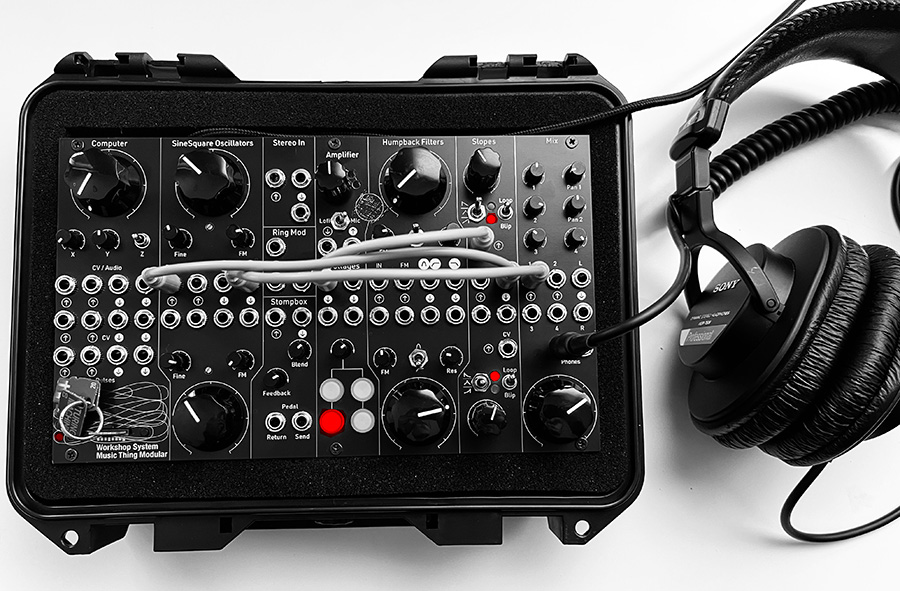
On the Elevate Dataviz Show, which I record on a monthly basis with my friends Alli, Gabby and Will, we usually cover trending topics in data visualization and what it means for creative information designers.
But this month, the others ganged up and decided that the topic should be me. So the result is an hour-long interview about how I work and why I choose the projects that I do. We talked about persuading people that sonification is interesting, about building up a financial cushion for creative work, about the power of curiosity and combining interests from different fields, and much more. You can find our chat here:
I was talking to some friends here in Malmö, and we came up with two new laws of doing creative work on the internet in 2024.
Law one: For every piece of art you make, you will need to make 22 frames of different shapes and sizes to display it in. Frames is a metaphor, of course. We're really talking about the endless images and text and video and other collateral that are required to tell people about a thing on the internet in 2024. Nothing kills my excitement about something I've made faster than explaining it over and over again in slightly different ways.
Law two: It's easier to get someone to pay $10 for your album than it is to get them to actually listen to your album. I get it - everyone wants to support artists, but everyone is also very busy. This often leads to a situation where well-off and well-meaning people buy art and subscribe to Patreons and back Kickstarters without actually engaging with the work of the people that they're financially supporting. Is this the endpoint of the wars against piracy - where people pay for art, but no longer have time to actually experience it?
Like an algorithm, I'll close with a related video, redlettermedia's What are next?
See you in a month.
